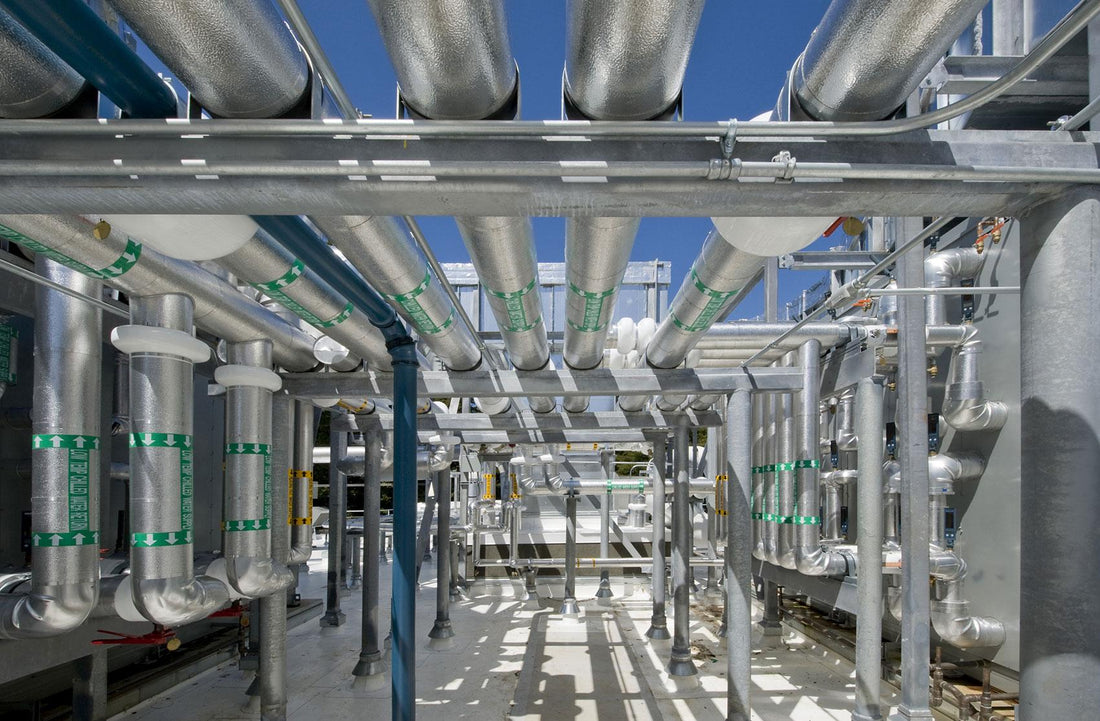
Sweden HVAC Systems Market Set to Grow at a CAGR of 7% by 2030
Share

The Sweden HVAC Systems Market is projected to reach USD 2 billion expanding at a compound annual growth rate (CAGR) of 7% till 2030, according to a recent report by Next Move Strategy Consulting. The market's growth is primarily driven by the increasing demand for energy-efficient solutions, the focus on improving air quality, and the integration of IoT technology into HVAC systems.
Try it Risk-Free – Download Your FREE Sample!
Key Drivers of Market Growth
1. Energy-Efficient Regulations
The introduction of residential energy-saving regulations is a major catalyst for the growth of Sweden's HVAC system market. These regulations require the adoption of energy-efficient systems, motivating consumers to invest in more sustainable HVAC solutions. As a result, manufacturers are focusing on developing compliant systems, while homeowners are increasingly aware of the long-term cost-saving benefits associated with energy-efficient HVAC units. This has led to a surge in demand for advanced, energy-efficient solutions across both residential and commercial sectors.
Discover More – Get a FREE Sample Today!
2. Growing Awareness of Indoor and Outdoor Air Quality
The rising awareness around the importance of indoor and outdoor air quality is another key factor contributing to the market's growth. Both residential and commercial property owners are prioritizing investments in HVAC systems capable of filtering and purifying indoor air while reducing harmful outdoor emissions. Advanced HVAC systems, such as those incorporating HEPA filters and UV-C light sterilization, are in high demand as they help eliminate pollutants, allergens, and pathogens. Manufacturers are responding to this need by innovating new solutions that enhance air quality, fueling further market expansion.
3. IoT Integration and Smart Technology
The integration of Internet of Things (IoT) technology presents significant growth opportunities within the HVAC sector. IoT-enabled HVAC systems allow for remote monitoring and control, optimizing energy efficiency and reducing operational costs. The ability to predict maintenance needs through IoT sensors further extends the lifespan of HVAC equipment while improving user comfort. With increasing demand for smarter, more energy-efficient buildings, IoT integration is expected to unlock numerous opportunities and reshape the market.
Challenges to Market Growth
1. Regulatory Compliance
One of the key challenges facing the HVAC systems market is regulatory compliance. Adhering to a wide range of laws, regulations, and standards related to energy efficiency, emissions, refrigerants, and building codes can be a costly and resource-intensive process. Smaller businesses, in particular, may struggle to navigate the complex regulatory landscape, which could hinder their ability to compete or expand. Additionally, compliance efforts often divert resources from innovation, limiting companies' potential to invest in new technologies or enhance existing solutions.
Conclusion
The Sweden HVAC Systems Market is poised for substantial growth, driven by regulations promoting energy efficiency, the increasing focus on air quality, and the integration of IoT technologies. While challenges such as regulatory compliance may present obstacles, the growing demand for smart, energy-efficient solutions presents significant opportunities for industry players. As manufacturers continue to innovate and introduce advanced technologies, Sweden's HVAC market is expected to evolve into a more sustainable and efficient sector.